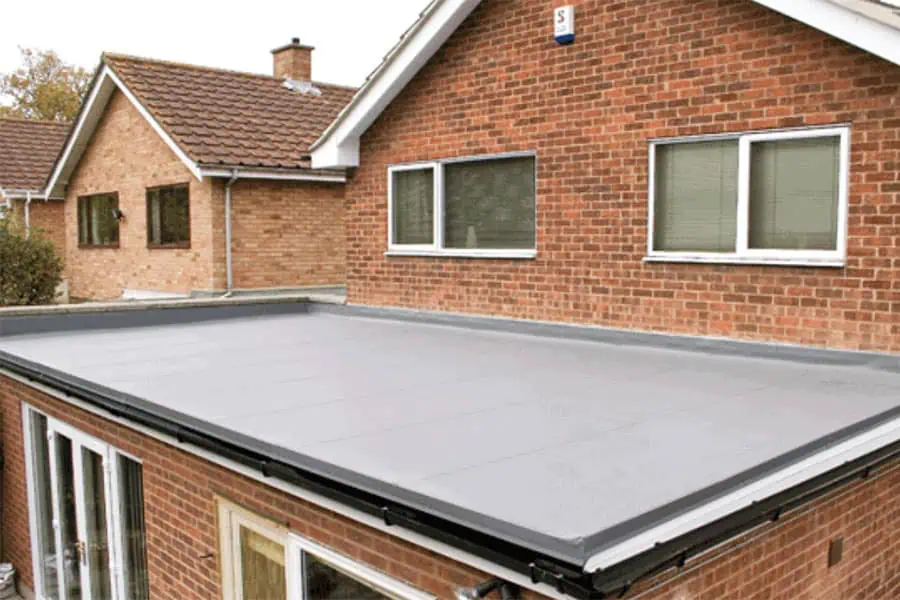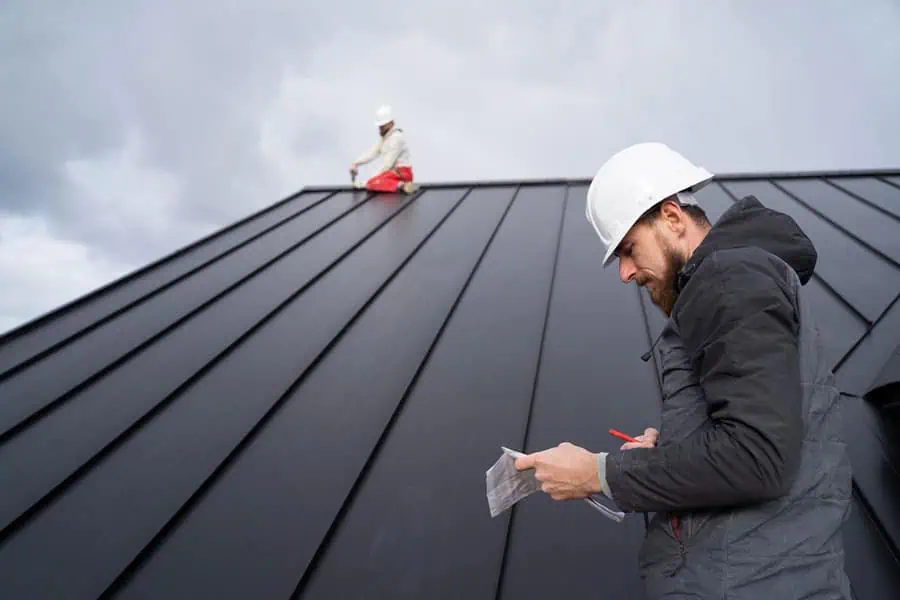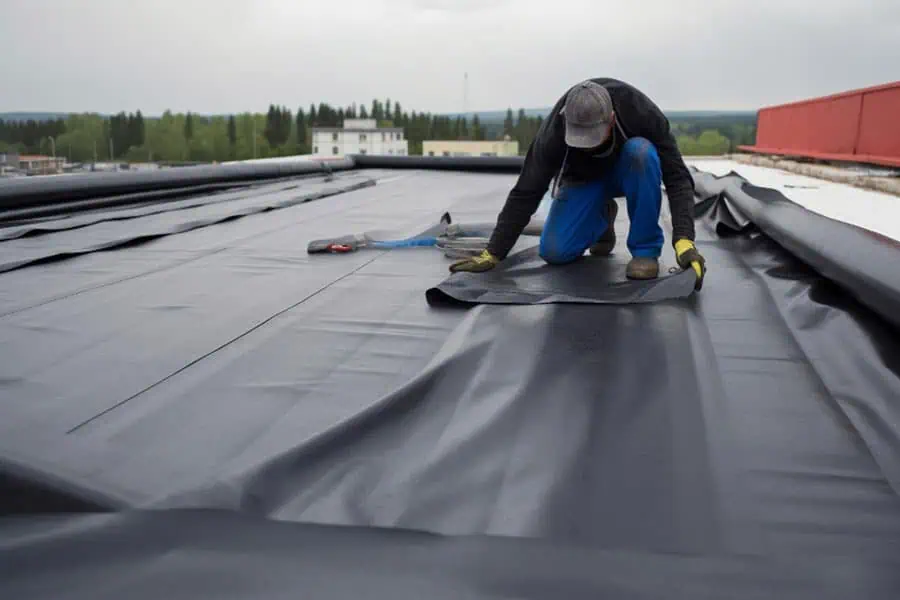Roof Replacement For Flat Roofs in Florida

Introduction
Flat roofs are a common architectural feature in both residential and commercial buildings. Unlike pitched roofs, flat roofs have a slight slope to allow for water drainage. Over time, flat roofs may require replacement due to wear and tear, weather damage, or other factors. This article provides an in-depth look at the types of flat roofs, signs that indicate the need for replacement, the replacement process, costs, and maintenance tips.
Types of Flat Roofs
Built-Up Roof (BUR)
Built-Up Roofs (BUR) are composed of multiple layers of bitumen and reinforcing fabrics. These layers create a durable and waterproof surface. BUR is known for its longevity and resistance to heavy foot traffic.
Modified Bitumen
Modified Bitumen roofs are made from asphalt and have added modifiers to enhance flexibility and durability. They are typically installed in a single or double-ply system and can be applied using heat or cold adhesives.
Single-Ply Membrane
Single-Ply Membrane roofs include materials such as EPDM (Ethylene Propylene Diene Monomer), TPO (Thermoplastic Olefin), and PVC (Polyvinyl Chloride). These membranes are known for their flexibility, UV resistance, and ease of installation.
Spray Polyurethane Foam (SPF)
SPF roofs are created by spraying a liquid mixture that expands into a foam, forming a solid layer across the roof. This type of roofing provides excellent insulation and waterproofing properties.
Green Roofs
Green roofs are covered with vegetation and soil, or a growing medium, planted over a waterproofing membrane. They offer environmental benefits such as improved air quality, reduced heat island effect, and natural insulation.

Signs That a Flat Roof Needs Replacement
- Persistent leaks: Continuous water infiltration despite repairs.
- Visible damage or deterioration: Cracks, splits, or punctures in the roofing material.
- Ponding water: Water that remains on the roof for more than 48 hours after rainfall.
- Blistering or bubbling: Air pockets trapped under the roofing material.
- Increased energy costs: Poor insulation leading to higher heating and cooling expenses.
- Age of the roof: Most flat roofs have a lifespan of 15-20 years.
Roof Replacement Process
1. Inspection and Assessment
The first step in the replacement process is a thorough inspection to identify damage and weak spots. This helps in estimating the costs and planning the replacement.
2. Removal of Old Roofing Material
The existing roof layers are safely removed and disposed of. This step is crucial to ensure a clean surface for the new roofing material.
3. Repairing the Roof Deck
The roof deck is inspected for any damage. Damaged sections are repaired or replaced to provide a solid foundation for the new roof.
4. Installation of New Roofing Material
The appropriate roofing material is chosen based on the building’s needs and budget. Proper installation techniques are followed to ensure durability and effective drainage.
5. Final Inspection and Maintenance
A final inspection is conducted to ensure the quality of the installation. A maintenance plan is established to prolong the life of the new roof.

Costs and Considerations
- Material costs: Vary depending on the type of roofing material chosen.
- Labor costs: Include the removal of old material and installation of the new roof.
- Permits and regulations: Compliance with local building codes and obtaining necessary permits.
- Warranty and lifespan: Consideration of the warranty offered and the expected lifespan of the new roof.
Advantages and Disadvantages of Flat Roofs
Advantages
- Cost-effective: Generally cheaper to install than pitched roofs.
- Easier to install and access: Simplifies maintenance and repairs.
- Space for HVAC units or solar panels: Provides additional functional space.
Disadvantages
- Prone to water pooling: Requires proper drainage to prevent water damage.
- Shorter lifespan compared to pitched roofs: Typically lasts 15-20 years.
- Requires regular maintenance: Needs frequent inspections and upkeep.
Maintenance Tips for Flat Roofs
- Regular inspections: Conduct periodic checks for damage or wear.
- Prompt repair of minor issues: Address small problems before they escalate.
- Cleaning debris and ensuring proper drainage: Keep the roof clear of debris to prevent water pooling.
- Applying protective coatings: Use coatings to enhance waterproofing and UV resistance.
Conclusion
Flat roof replacement is a significant investment that requires careful planning and execution. Understanding the types of flat roofs, signs of damage, and the replacement process can help property owners make informed decisions and ensure the longevity of their new roof.
